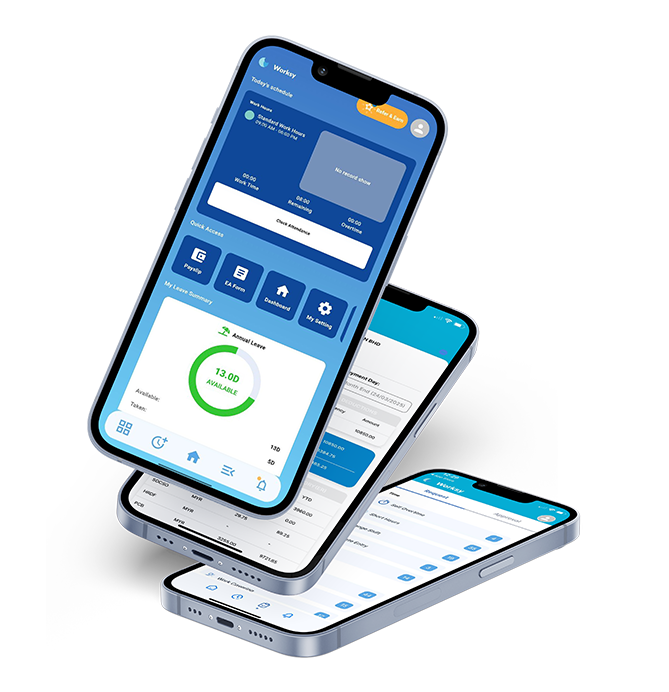scheduled free Worksy HRMS demo.

A Beginner’s Guide to SOCSO for Employees in Malaysia
March 5, 2024
Understanding PEPPOL E-Invoicing in Malaysia: Providers and Processes
September 17, 2024In an era where digital transformation is at the forefront of business strategies, Malaysia is taking big steps towards modernizing financial transactions. A key component of this initiative, E-invoicing, promises to streamline the billing processes across business industries.
This article explores the implementation of e-invoicing in Malaysia, guiding businesses through the what, why, when, and how of this crucial advancement.
What is E-Invoicing?
E-invoicing (or electronic invoicing) is a method of billing that allows invoices to be issued, sent, and received in an electronic format. This process facilitates seamless transactions directly between the software systems of buyers and suppliers, removing the need for paper-based invoices and manual entry errors.
Why is E-Invoicing Being Implemented?
The Malaysian government’s push for e-invoicing aligns with global digitalization trends aimed at enhancing efficiency, reducing costs, and promoting sustainability. By automating invoice processes, businesses can make faster payments, improve cash flow, and reduce their carbon footprint. Implementing e-invoicing also supports the government’s goal to combat fraud and ensure greater compliance with tax regulations.
When Will E-Invoicing be Implemented?
The rollout of e-invoicing in Malaysia has been phased. Some sectors have already started adopting this technology, while others are in the process of alignment with international standards such as PEPPOL.
It is expected that by late 2025, most businesses in Malaysia will be required to switch to e-invoicing.
How Can Businesses Prepare for E-Invoicing Implementations?
- Step 1: Assess Your Current Invoicing Process – Understand how your current invoicing works and identify the changes needed for e-invoicing.
- Step 2: Choose the Right E-Invoicing Software – Select software that complies with Malaysian standards and integrates well with your existing financial systems.
- Step 3: Train Your Staff – Educate your team on the new systems and processes to ensure a smooth transition.
- Step 4: Test the System – Before going live, test the e-invoicing system thoroughly to iron out any issues.
- Step 5: Go Live – Implement e-invoicing in your business operations and monitor the process closely for any needed adjustments.
- Step 6: Stay Compliant – Regularly update your systems and processes in line with government regulations and standards.
Who Will Be Affected by E-Invoicing Implementation?
E-invoicing in Malaysia will impact various sectors, particularly those with high transaction volumes such as manufacturing, retail, and service industries. The implementation is crucial for businesses involved in both domestic and international trade.

Automate HR with Worksy - trusted by 3,000+ companies.
Request free demo now*Terms and conditions apply.
Which Business is Eligible for E-Invoicing? API Calls?
All businesses that engage in taxable transactions can implement e-invoicing. To integrate e-invoicing, businesses need to ensure their software systems can make API calls to interact with other e-invoicing systems. This interoperability is crucial for effective e-invoicing implementation.
Conclusion
As Malaysia continues to embrace digital innovations, e-invoicing represents a significant leap forward in optimizing business operations. By staying informed and prepared, businesses can seamlessly transition to this new system, ensuring compliance and reaping the numerous benefits of digital financial transactions.

Join 3,000+ Malaysian companies using Worksy for HR automation.
Request free demo now*Terms and conditions apply.





